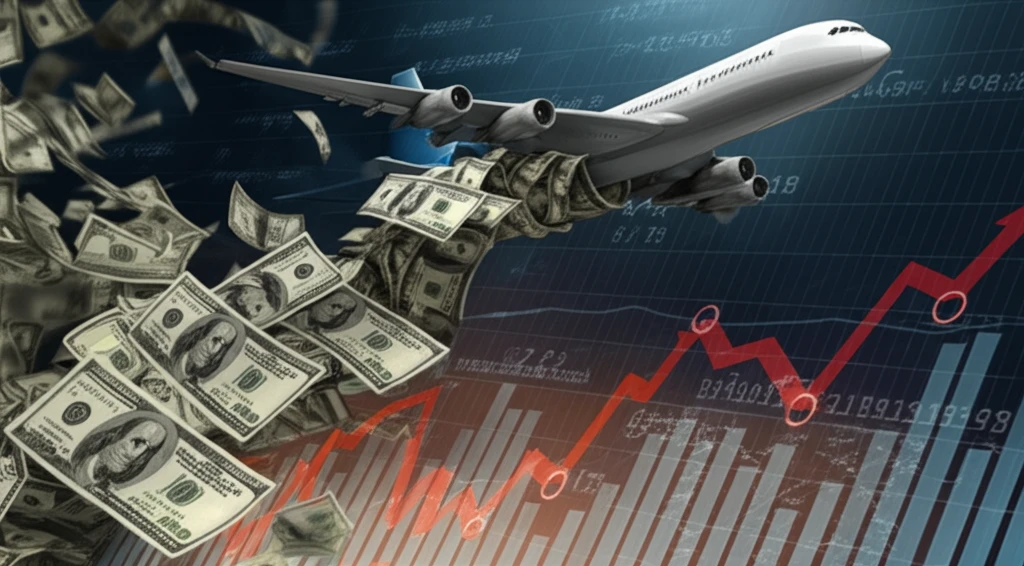
Unlock Airline Revenue Secrets: How Choice-Based Management Can Boost Profits
"Dive into the innovative strategies major airlines are using to optimize flight pricing and assortment, and how these methods can significantly increase revenue."
The airline industry, known for its razor-thin margins and fierce competition, is constantly seeking innovative strategies to maximize revenue. One approach that has gained significant traction is choice-based revenue management (CBRM). This sophisticated methodology moves beyond traditional seat inventory control to focus on understanding and influencing customer booking choices.
Imagine an airline that not only knows how many seats it has on a flight but also understands why customers choose specific flights, departure times, and fare classes. By modeling these choices, airlines can optimize pricing, assortment (the combination of flights and fares offered), and booking policies to capture a greater share of the market and increase overall profitability. This article delves into the complexities of CBRM, exploring its potential to transform airline revenue management.
In today’s dynamic market, airlines grapple with numerous factors influencing customer decisions, including fluctuating demand, competitor actions, and diverse customer preferences. CBRM provides a framework for navigating these challenges and making data-driven decisions that enhance both revenue and customer experience.
The Core of Choice-Based Revenue Management

At its heart, CBRM is about understanding the factors that drive customer booking decisions. Airlines gather vast amounts of data, including booking history, fare availability, competitor pricing, and customer demographics, to build sophisticated models. These models aim to predict the probability of a customer choosing a particular flight or fare class, given the available options.
- Modeling Customer Preferences: Building models that accurately predict how customers will choose between flight options.
- Dynamic Pricing: Adjusting fares in real-time based on demand, competition, and customer behavior.
- Assortment Optimization: Selecting the optimal mix of flights and fare classes to offer at any given time.
- Competitive Analysis: Monitoring and responding to competitor actions to maintain a competitive edge.
The Future of Flight Revenue
Choice-based revenue management represents a significant advancement in how airlines approach pricing and inventory control. By embracing data-driven decision-making and understanding customer preferences, airlines can unlock new opportunities to increase revenue, improve customer satisfaction, and navigate the complexities of the modern aviation market. As technology continues to evolve, CBRM will likely become even more sophisticated, offering airlines a powerful tool for staying ahead of the competition and achieving sustainable profitability.
